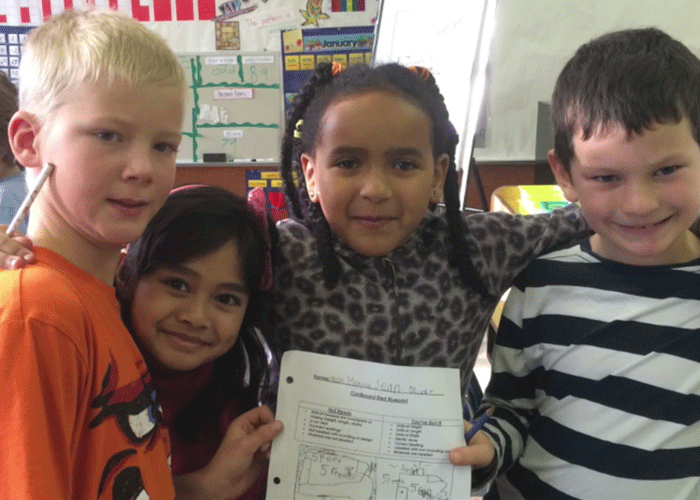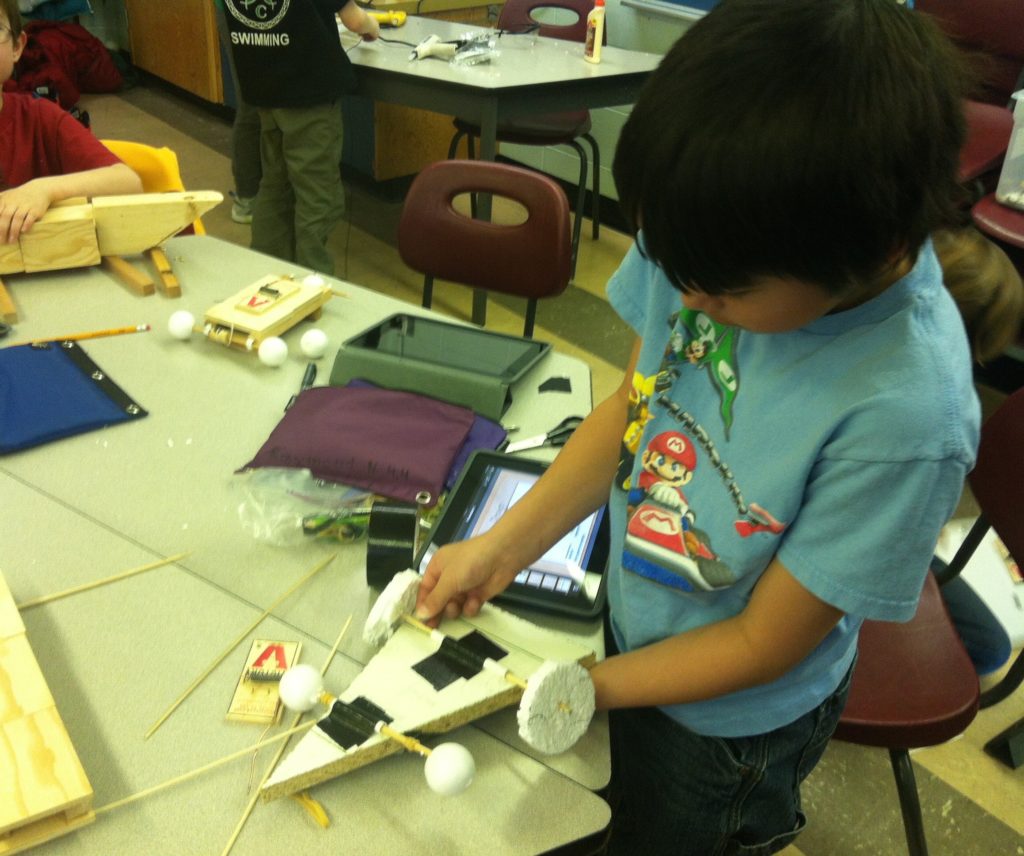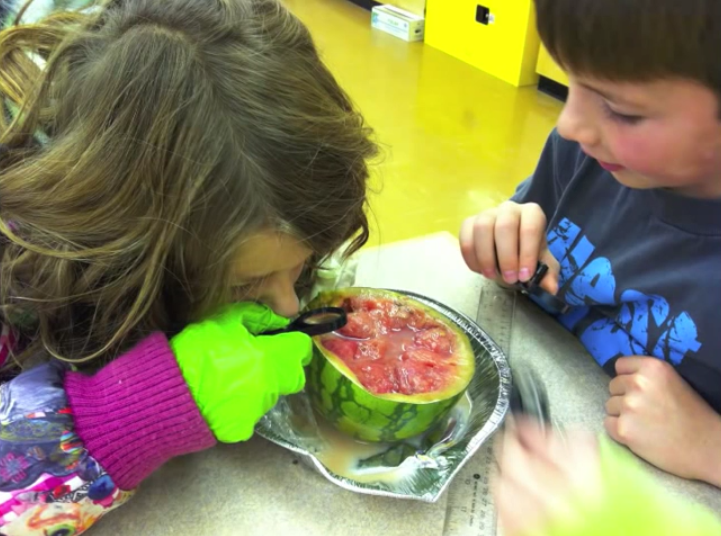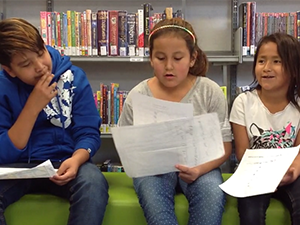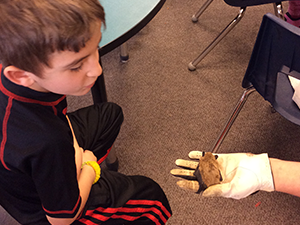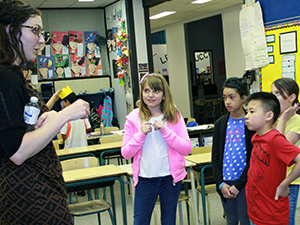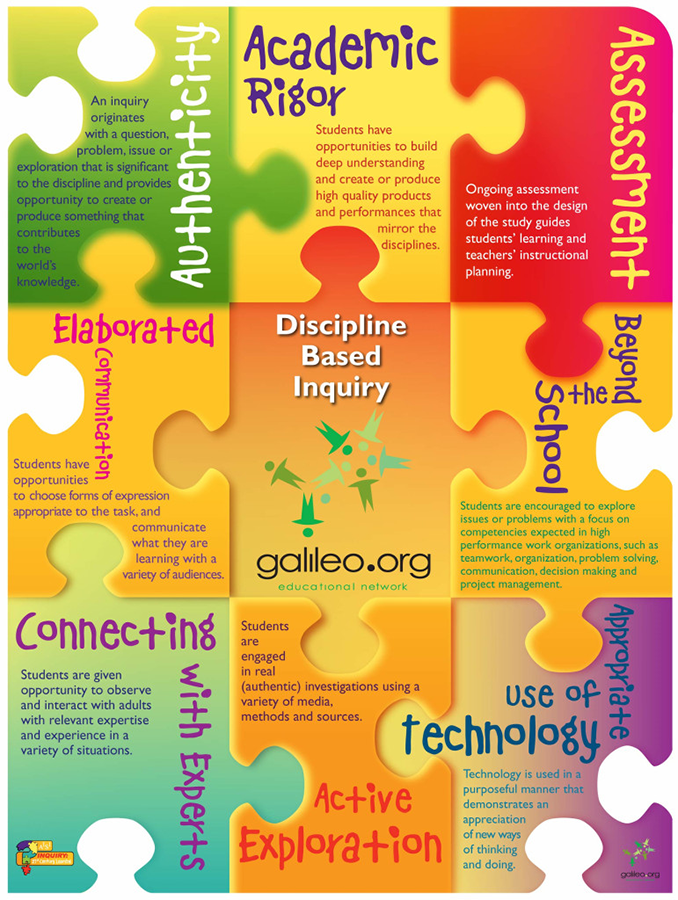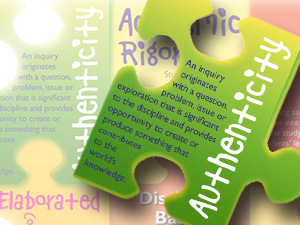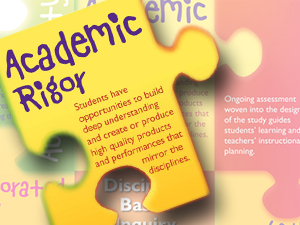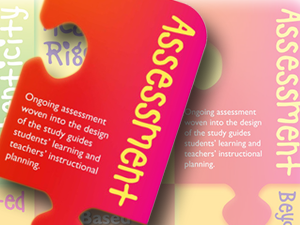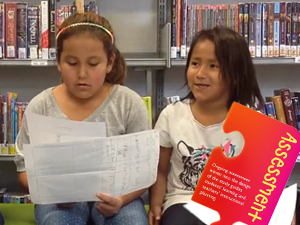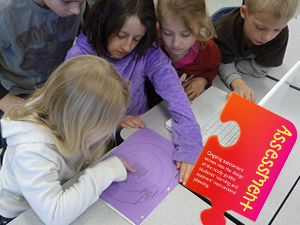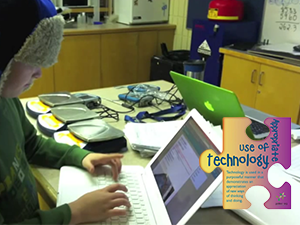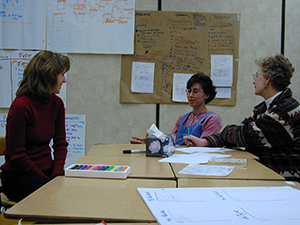Blog
Dimensions of Inquiry: Authenticity
Galileo Educational Network October 27, 2016 Focus On Inquiry Research Series and Dimensions of Inquiry
Teaching in response to student learning – an easy concept to understand, but how does it really work in the classroom and why do students benefit?
During the Focus on Inquiry study, Galileo mentors and researchers found when principles of discipline-based inquiry are laid as a foundation, both students and teachers can build knowledge in an effective, authentic way.
First, a quick reminder of the eight dimensions of discipline-based inquiry. They all refer to changes in classroom practices that must happen in order for the full benefits of discipline-based inquiry to occur. They are:
- Authenticity, refers to the degree students in engage in ways of knowing, doing and being
- Academic rigor, which refers to the degree of complex thinking required by students.
- Assessment practices that sponsor deep learning and improved instruction.
- Learning that extends beyond the classroom, beyond the school and has relevance to the local community and to the world.
- Effective use of digital technologies
- Active exploration, which requires students and teachers to develop knowledge through ways of working that are central to the discipline.
- Connecting with experts to deepen student understanding and provide the chance to improve their work as a result.
- Elaborated communication, where students have the opportunity and are expected to engage in idea improvement, mirroring the work of disciplined thinkers in gathering and weighing evidence.
These points are summed up in a rubric to assess student and teacher performance.
Today we’ll discuss the first point.
Authenticity
When we talk about an authentic inquiry, the following must happen:
- It means that the scope of the inquiry-based study emanates from a question, problem, issue or exploration that is significant to the discipline(s).
- Not only is it important to the discipline, but also it has a connection to the community locally, provincially, nationally or internationally. This is important because when the problem, issue, question or exploration exists in a way that it is apparent in the world, the student can easily identify the reason for and experience agency in undertaking such a study.
- The assignments, activities, and tasks within the study need to require students to engage with diverse ideas creating a dynamic environment in which contrasts, competition, and complementarity of ideas is evident, creating a rich environment for ideas to evolve into new and more refined forms.
Setting the stage for classroom observations:
Galileo researchers categorized instructional practices they observed at different times during class, based on students’ intellectual investment, teachers’ instructional style and project / task / lesson authenticity.
Intellectual investment was rated on a scale from passive work to flow zone work. Flow zone refers to work that is absorbing, creatively energizing, and requires analysis, synthesis, conjecture, reasoned judgment, creation and innovation.
Instructional style was characterized on a five-point scale from completely controlled and directed, to the highest level, where the teacher is fully present and responsive to the learning as it emerges.
Authenticity rates the value of the tasks (disciplinary-rich, personal, social or aesthetic on a five-point scale, ranging from artificial with little relevance or purpose outside the classroom, to a high level of real-world and applicable or valuable to a broader context.
What the researchers noticed:
Intellectual investment increased from the first to the final third of the lesson, with the highest levels of investment observed during the final part of the lesson.
Teacher controlled instructional style was observed more often in the first third of the lesson. During the second and third parts of the lesson, the teachers’ instructional style was more responsive to students’ emerging needs.
In terms of authenticity, more tasks were closer to the real-world category during the second and final third of the class.
As we’ve mentioned, learning how to teach in response to students’ learning was challenging for most teachers. In order to develop a responsive pedagogy, much of it is about looking ahead – teachers need to know where the learner needs to go, where they are going, where they are at, and what to do to get the student to where they need to go and how to make adjustments along the way. It also means that teachers need to teach intentionally into the learning activities using scaffolding, prompts and explanations during the learning process as part of their instruction.
The video below demonstrates authenticity in action and the type of teaching required.
Read and download the Focus on Inquiry study here.

